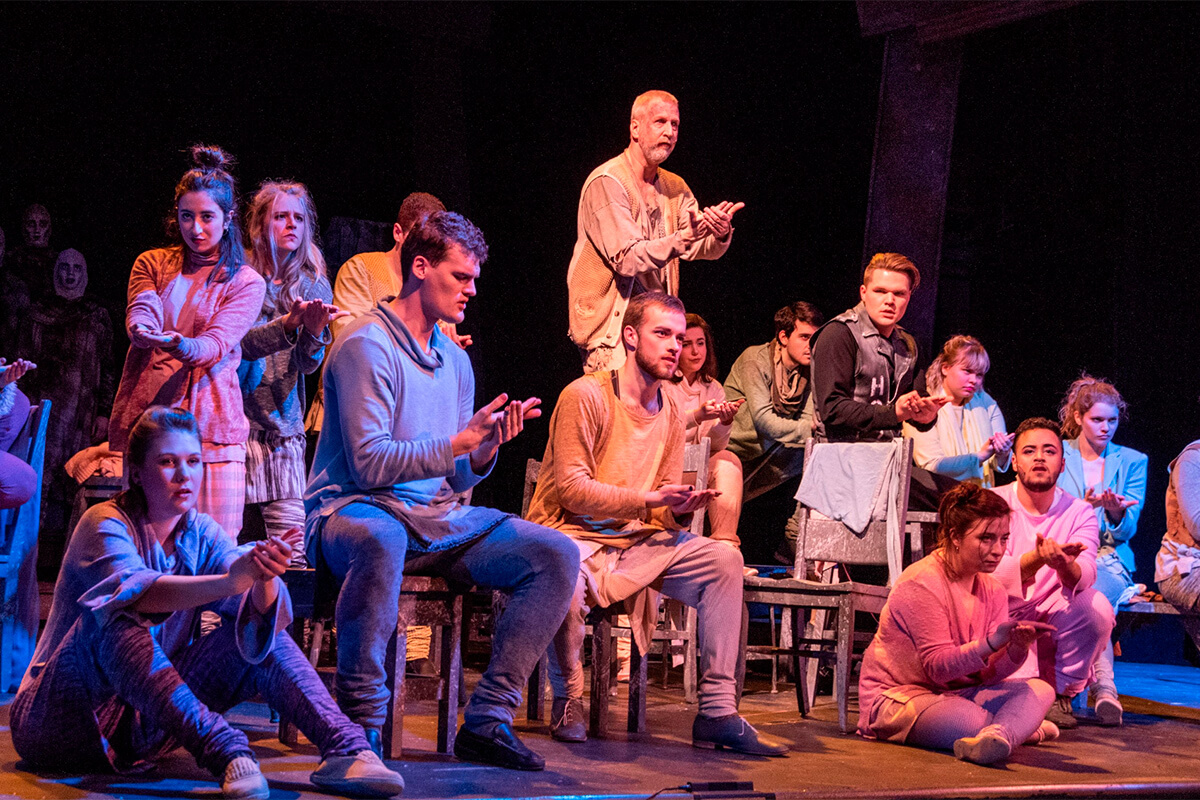
Where The Wall achieved both critical acclaim and popular success, 1980s song cycles from Styx and Kiss became punchlines. Yet by the time Pink Floyd stopped flirting with rock operas and released the full-fledged song cycle The Wall in 1979, the reserves appeared to be sucked dry. At the same time, musical theater found inspiration in rock, and the likes of "Hair", "Jesus Christ Superstar", and "The Rocky Horror Picture Show" enjoyed success and notoriety. Okay, so the Who may have gotten things off to an unfortunate start by lacing their invention with paperback spirituality and messianic themes, but exhibiting that such an experiment could be run without alienating a band's audience- hey, it might even expand it!- was enough to inspire a number of fine follow-ups: David Bowie's Orwellian Diamond Dogs, Genesis' The Lamb Lies Down on Broadway, The Who's (arguably superior) Quadrophenia. Not long after the concept of the album had solidified, and the Kinks and The Beatles half-heartedly toyed with unifying concepts for long-players, the idea of using rock instrumentation to convey a narrative was brought to fruition by Pete Townshend's Tommy. Though it may be difficult to appreciate from this more cynical era, rock operas were once promising and potentially exciting. Story-driven song cycles have long been considered as one of punk rock's many justified victims, supposedly killed off by the rise of the Ramones and Sex Pistols.

From the film versions of Tommy and The Wall, it's not diffcult to see why rock operas became a colossal joke, one of the ultimate clichs used to represent the excess and self-indulgence of 70s arena rock.

Nazi marching hammers, Bob Geldof shaving off his eyebrows with a straightrazor, an enormous talking ass wearing a judge's wig. A giant statue of Marilyn Monroe, Elton John playing pinball on stilts, Roger Daltrey hang-gliding shirtless or being shoved inside a syringe-rigged Iron Maiden by an over-doped Tina Turner.


 0 kommentar(er)
0 kommentar(er)
